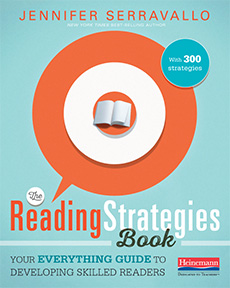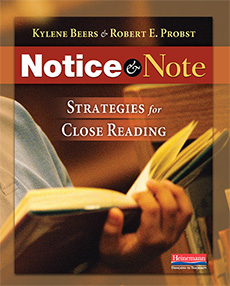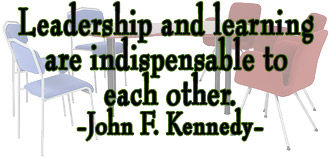I find it hard to believe that we are already in November, and quickly approaching the end of the first trimester! Where has the time gone? At this point of the school year, our independent reading routines are established, we know our students, conferences are out of the way, we've looked at our data - it's time to dig in.
One of my favorite resources for Small Group Instruction/Guided Reading is Jan Richardson's
The Next Step in Guided Reading - here are some of her tips for your small groups:
Once routines are established, and you know your students as readers... DIVE INTO INSTRUCTION!
Divide your guided reading lesson into segments:
before, during, and
after
Before Reading: "I've seen teachers spend 15 minutes talking about the book, and children only have two minutes left to read it," says Richardson. She suggests a one-sentence "gist" statement and a quick preview. For second-language learners, you might need to spend more time, "but for other children, look into the book and then let them start reading."
During Reading: Allow students to read independently - either by reading silently or by whisper reading. Students should not read round-robin, but instead, make your way around the group to work one-on-one with each student for a few minutes. If they are reading silently, ask them to whisper read to you when it's their turn. Different students will need different strategies. "The idea of guided reading is scaffolding children while they read, doing it with the teacher's support," Richardson says.
After Reading: First, you should check for students' comprehension, which can be done in the form of a discussion question, such as "How did this character change from the beginning to the end?" You can also use the time for a predetermined word study (e.g. on digraphs), geared toward the group's needs.
And when Guided Reading seems to be going well ... include writing:
Writing about the text is a good practice as well, and it allows you to collect a writing sample. "The children might do a dictated sentence at an early level, and as they move up, they get more responsibilities for coming up with the message." says Richardson. In the "Next Steps" framework, guided writing is done at the table with the teacher's support. It is not assigned writing - it is assisted writing. By framing the written response so that it relates to the guided reading text, students extend their comprehension. Guided writing also helps students apply the skills and strategies you have already taught.
We will be talking about building our guided reading lessons at this week's staff meeting, looking more deeply at Jan Richardson's work. This is a great opportunity to fine-tune our small group instruction, and meet our students' individual needs.











